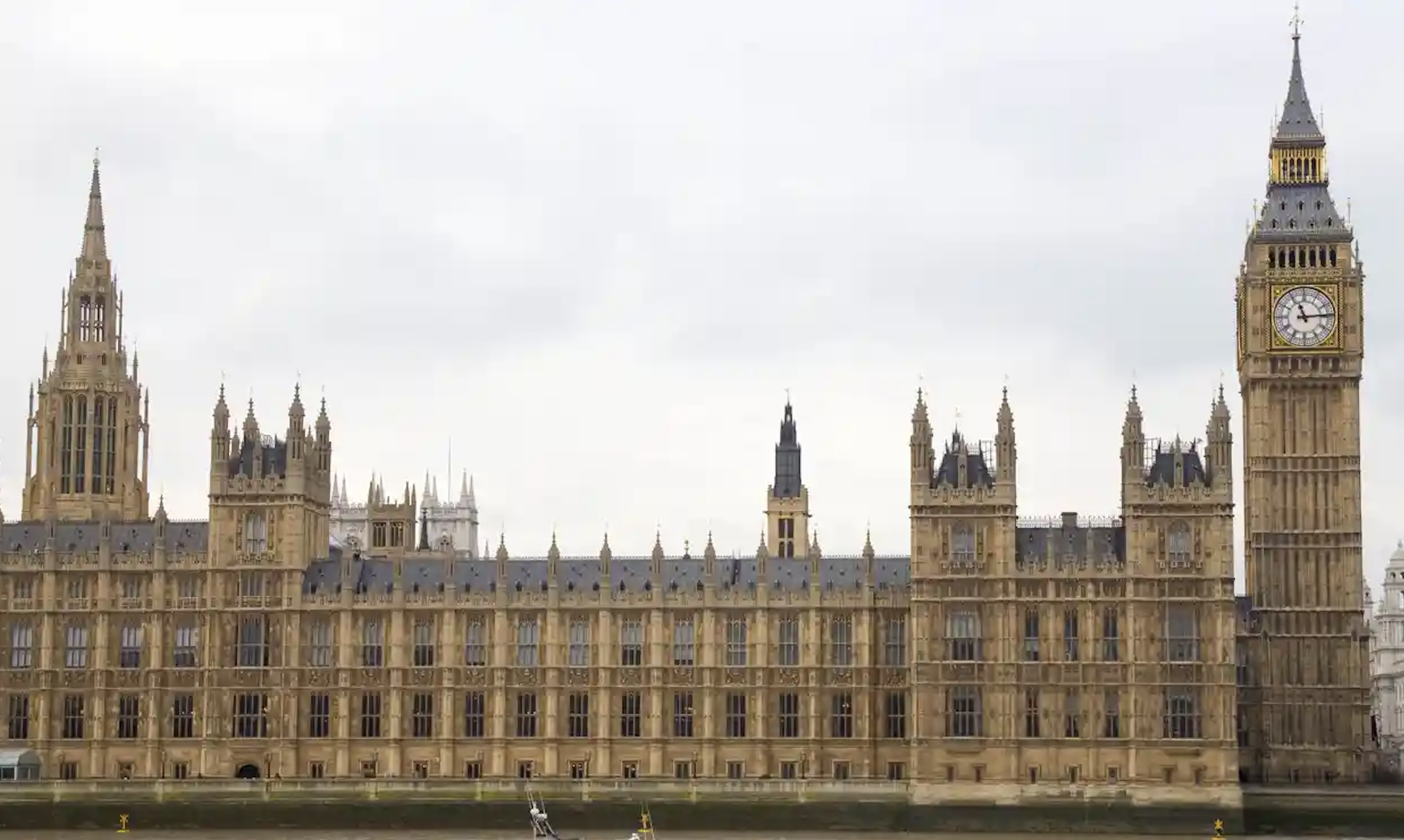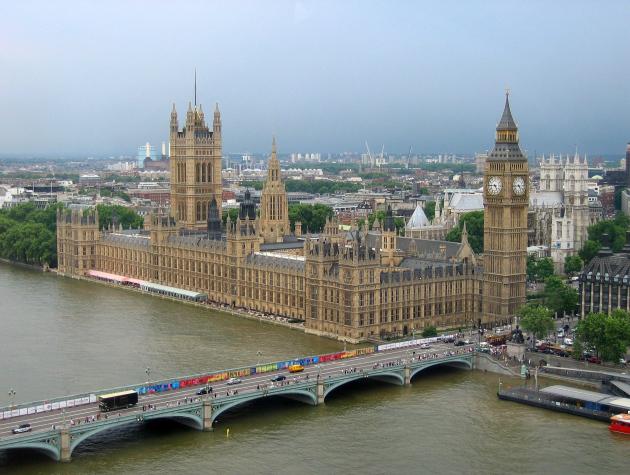Vietnam: The first arrival of the TPP?
The Trans-Pacific Partnership Agreement (TPP) is a regional free trade agreement aimed at eliminating tariffs and lowering non-tariff barriers that is being negotiated by 12 countries throughout the Asia-Pacific region. The countries include Australia, Brunei, Canada, Chile, Japan, Malaysia, Mexico, New Zealand, Peru, Singapore, the United States, and Vietnam. TPP members collectively contribute almost half of global output and about 40 percent of global GDP.
Vietnam formally expressed its interest to join the TPP negotiations of the TPP during the Summit of the APEC in November of 2008 in Lima, Peru as an associate member. In November 2010, the Vietnam President announced that Vietnam would participate in the TPP agreement negotiations as an official member. He affirmed that Vietnam would work together with other members to turn the TPP into a new and dynamic regional economic integration for member countries’ benefits and contribute to promoting economic integration, growth and prosperity in the region.
After five years of negotiations, Viet Nam and 11 other Asian-Pacific countries on October 5, 2015 announced successful conclusion of the TPP. The signature of the TPP is scheduled in February 2016. It is expected that the domestic ratification of all 12 TPP member will take at least from 18 to 24 months. Therefore, the TPP may take effect from 2018.
The TPP draws much attention and gains huge expectations from officials to civil organisations, from business to workers in Vietnam. Many people and State media argued that Vietnam is the biggest winner from the TPP. They believed that Vietnamese exporters will have greater access to larger, dynamic and fast-growing TPP markets. According to a Eurasia Group report released in July 2015, by 2025, Vietnam’s economy will be increased by 11 percent while exports will be 28 percent larger with the TPP. More importantly, Vietnam hopes that the TPP will function as a bridge for Vietnam to get closer the West, particularly the United States that would, in turn, enable Vietnam to be more independent from the aggressive China.
In the visit of General Secretary of the Party Nguyen Phu Trong to the United States in 2015, he and the United States President announced that:
“The United States and Vietnam expect to work in close coordination with the other negotiating parties to conclude the ambitious and comprehensive Trans-Pacific Partnership (TPP) agreement as soon as possible and to carry out whatever reforms may be necessary to meet the high standards of the TPP agreement.”
The TPP was then discussed by the Central Committee of the Communist Party of Vietnam in its last Session of the current Tenure held in Hanoi from 11 to 13 January 2016. The Party Central Committee announced at the concluding of this meeting that it endorses the importance of the TPP to Vietnam and approves the content of the negotiated TPP Agreement. It also assigned relevant State authorities to carry out domestic procedure for the ratification of the TPP.
The Vietnam Constitution 2013 provides “The Communist Party of Vietnam is the force leading the State and society”. Thus, the approval of the Party Central Committee will ultimately result in the signature of the TPP by of Vietnam Government and the TPP ratification of the National Assembly of Vietnam in the near future. Therefore, while the ratification of the TPP in other 11 member countries is still unsure, it is, to a certain extent, confirmed in Vietnam. This makes Vietnam the first arrival to the TPP ratification.
However, besides benefits, the TPP also comes with considerable challenges for Vietnam in many aspects.
- From an economic perspective, Vietnam’s TPP membership will place domestic enterprises under the greater pressure. State-owned enterprises (SOEs) could face significant adjustments. TPP may push SOEs and those with out-of-date technologies into difficulty and even bankruptcy, resulting in mass unemployment. While producers in several industries worry that the TPP’s environmental provisions could raise costs which, in turn, undermine their competitiveness.
- Low competitiveness and disadvantageous export structure can hinder or prevent Vietnam from reaping the possible benefits of trade liberalization under the TPP. The export of raw materials without preliminary processing has weakened Vietnam’s competitiveness in terms of price, quality and added value. Vietnam’s exporters, most of which are small-sized, are unable to enter main distribution channels and play a bigger role in the market. For example, while garment and textile sector is viewed as one of the industries which will benefit the most from TPP, the “yarn forward” rule – which requires a member country that exports apparel to other TPP markets to use textile that was either made locally or imported from other TPP member countries – would exclude Vietnam garment exporters from TPP benefits as most of their materials are imported form non-TPP countries.
- From and institutional perspective, as a member, Vietnam will be put under strict demands on institutional provisions of the TPP. These certainly require a reconsideration in its national legal and policy frameworks, especially with regards to labour welfare and workers’ rights, particularly the right to freedom of association.
- For labour issues, Vietnam will be facing a dilemma between: (i) maintaining its current labour rights legislation (particularly freedom of association) due to its political regime to fail the compliance to the TPP, which may result in the loss of economic and diplomatic benefits; and (ii) the desire to maximise benefits from the TPP by making itself comply with labour provisions.
In my view, there would be several options for Vietnam to choose. The first one is Vietnam will only ratify but neither intend nor be able to comply to maintain its political regime. The best one is Vietnam will be willing to change its political system to enforce labour provisions of the TPP. But the most feasible option is Vietnam will try to minimize political adjustment while enforcing labour provisions of the TPP. What decision will be made and how to implement it in practice is urgent and demanding for Vietnam.
Even through membership of the TPP is essential for Vietnam and has been confirmed. The early confirmation, on the one hand, shows direction and commitments for international integration and economic development. However, on the other hand, it technically creates disadvantages for Vietnam itself. Because the TPP Agreement has not been finalized, text and content may be changed before it is formally signed, the approval of the Party will prevent the Government and the Negotiation Team from continuing to demand for better benefits in the last agreement. In addition, it may reduce the zoom for public consultation, discussion and participation in the process of ratification in Vietnam.
While political will is firmed and domestic procedure is cleared, implementation of the new and high standards of the TPP will be very challenging. In order to maximise benefits and overcome challenges, Vietnam needs to reform the growth model and restructure the economy. Vietnam also needs to revise and enforce many domestic legislation and regulations on trade, investments, procurement, labour and the environment.
I believe that, among many other things, this requires a comprehensive national action plan for the implementation of the TPP be well-prepared. If no thorough preparations are made, benefits of the TPP will be just a dream.
Nghia Trong Pham is a Fellow of The Oxford-Princeton Global Leaders Fellowship Program 2015-2017. He is spending this year in Princeton and will be joining BSG and GEG in Oxford in 2016.







